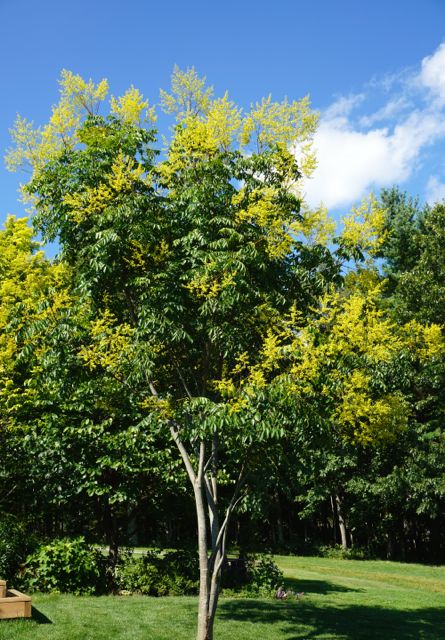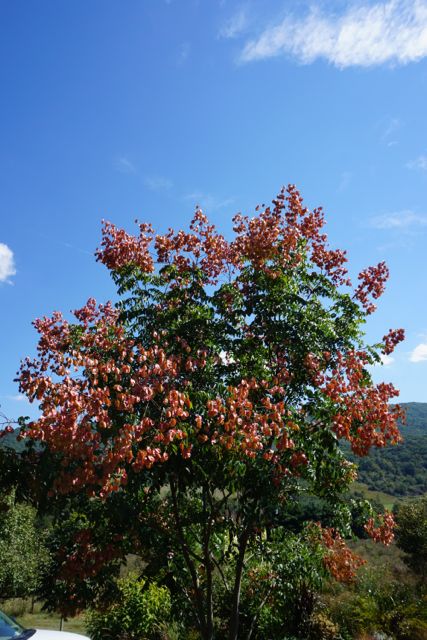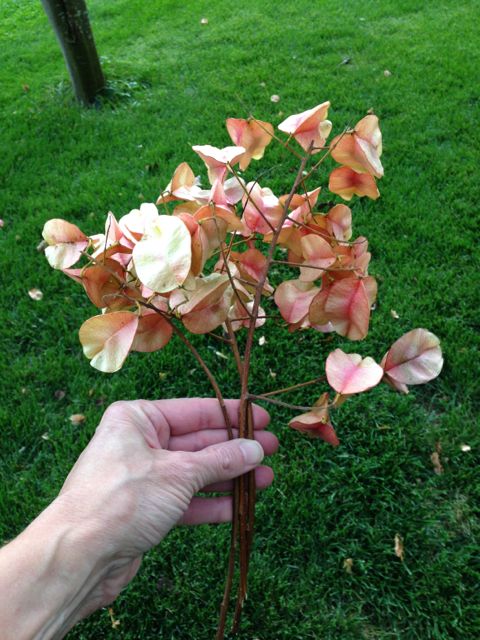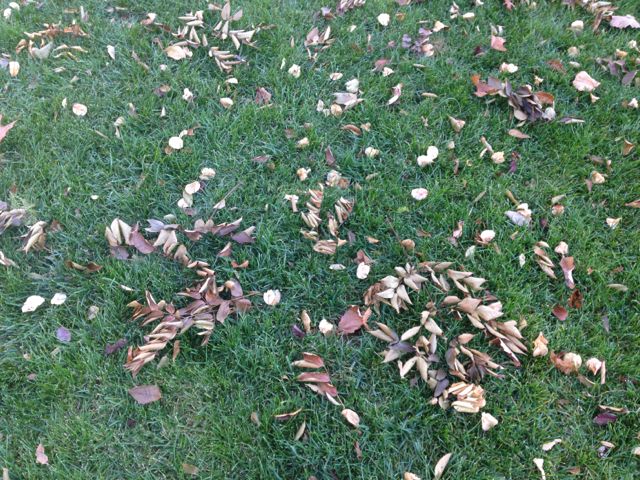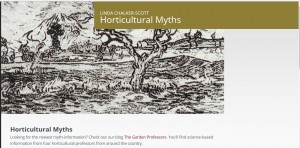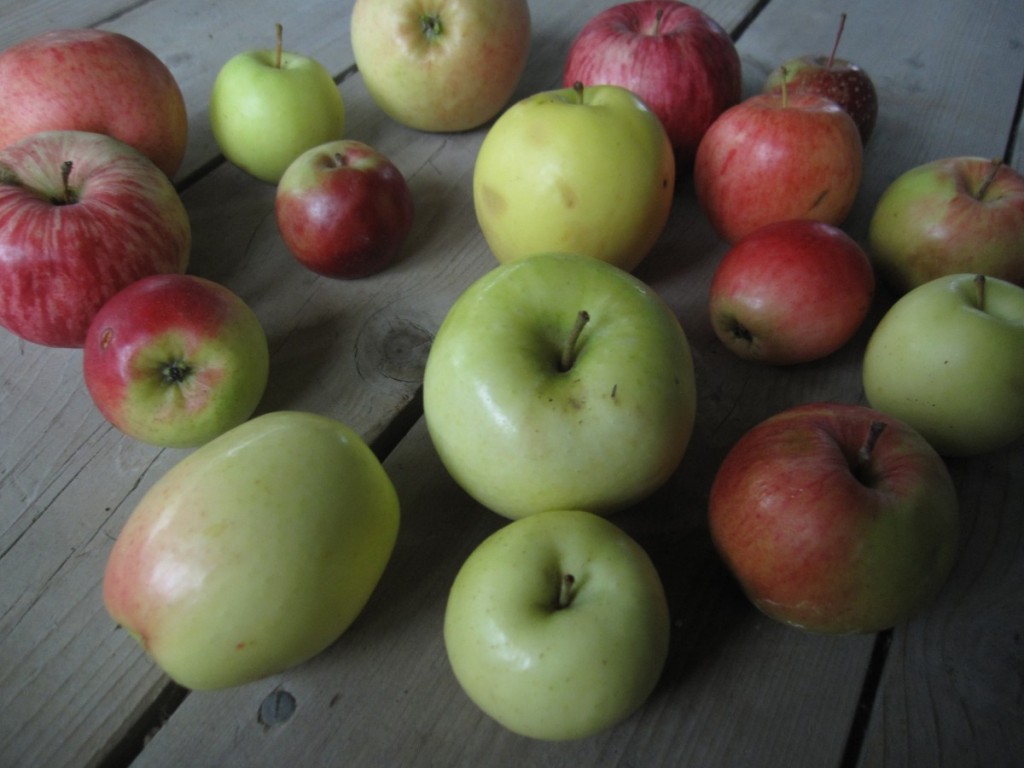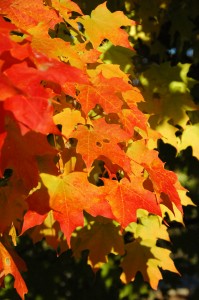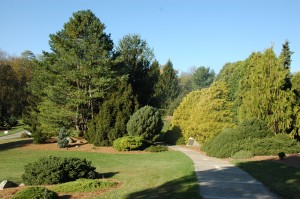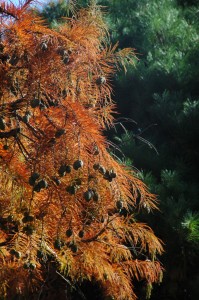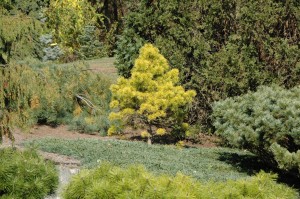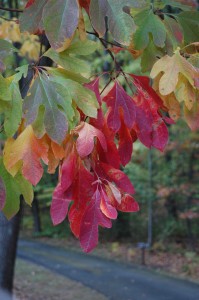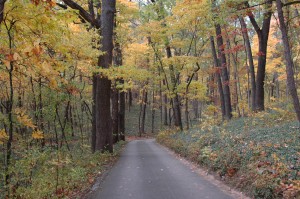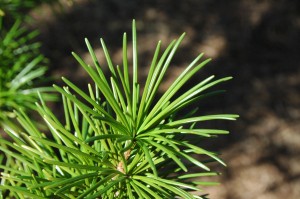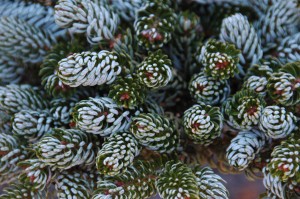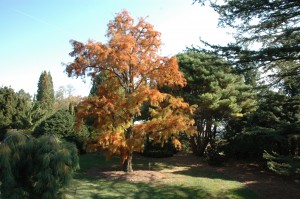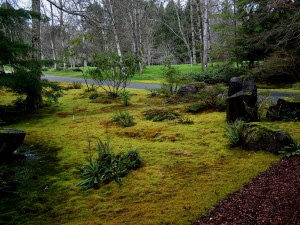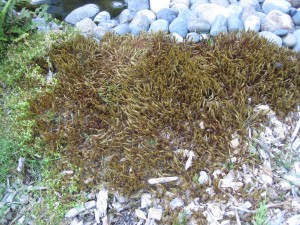You may think of spring as the time for seed sowing, but I do a lot of seed planting now, in the fall. The reason is that most of the cold hardy perennials, trees and shrubs that I like to grow produce seeds that require cold stratification.
This simply means that they require a period exposed to cold temperatures while the seeds are moist and hydrated before they will germinate.
The requirement for cold is a pretty straight-forward adaptation to life in cold climates. Seeds that ripen in the summer and fall might not have time to get established before winter if they germinated right away. The requirement for cold means the seeds don’t actually sprout until spring, giving them a full growing season to get ready for the next winter.
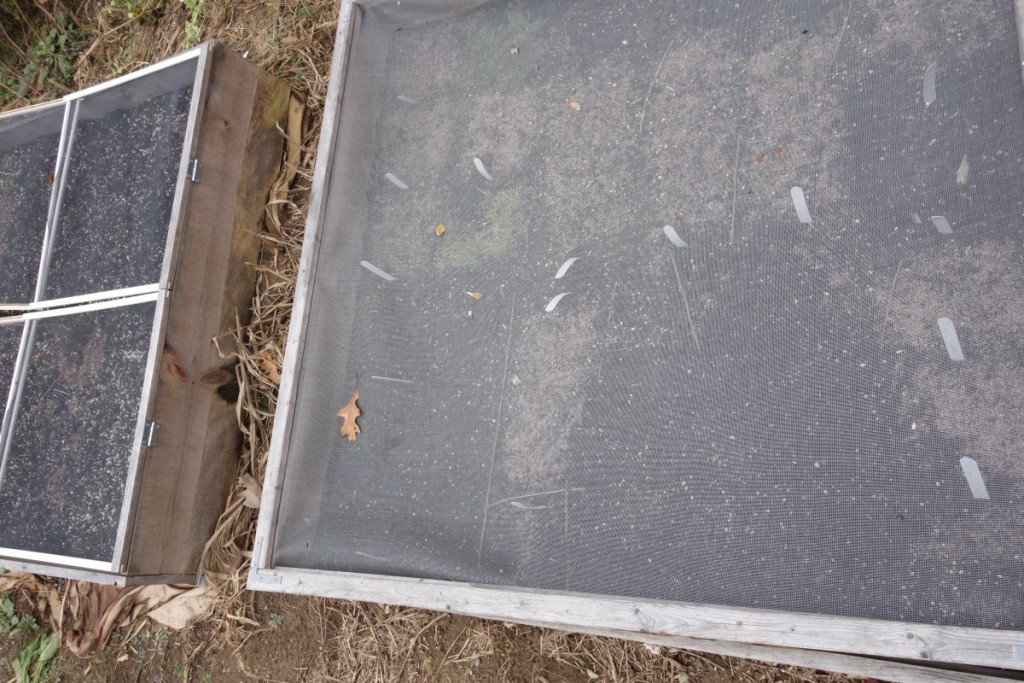
You can — and I used to — give seeds this cold period in the refrigerator. Three months in the fridge in a plastic bag with a damp paper towel to keep the seeds moist is long enough for most everything, though the exact period of cold required varies by the plant. The fridge works, but I think it is way easier to just do it outside. So the past few days I’ve been busy sowing seeds out in my outdoor seed beds. They’re just raised beds, filled with potting media, and covered with a screen lid to limit the number of weed seeds that blow in and keep disruptive animals out. I plant my seeds in the fall. Come spring, after the seeds have had their dose of cold, they sprout.
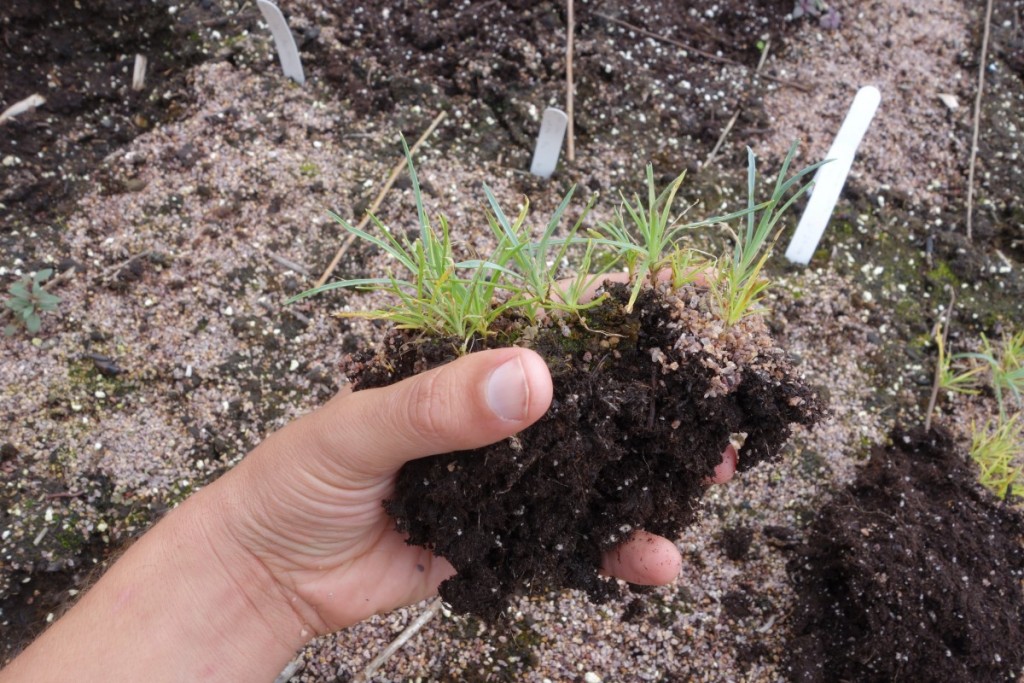
Once the seedlings have grown on a while, I dig them out, separate the individual plants, and put them out into their final locations in the garden.

I do this with more and more seeds every year, even for perennials that don’t require a cold period to germinate, simply because it is so easy. No fussing around with lights or checking the calendar or even much watering. Just plunk the seeds in, and dig out the plants once they are big enough.


![Homeopathic medications are diluted until nothing is left except water [[Photo from Wikipedia]](https://gardenprofessors.com/wp-content/uploads/2015/11/index.jpg)

